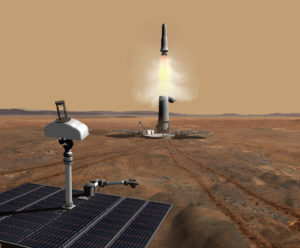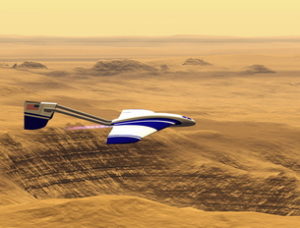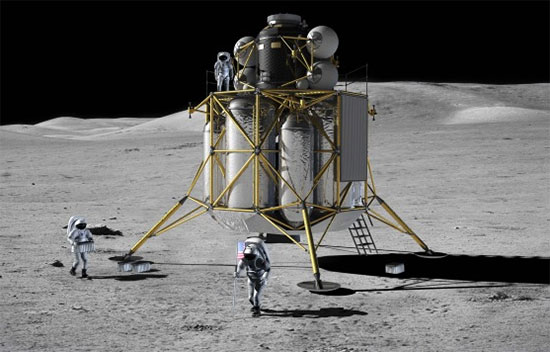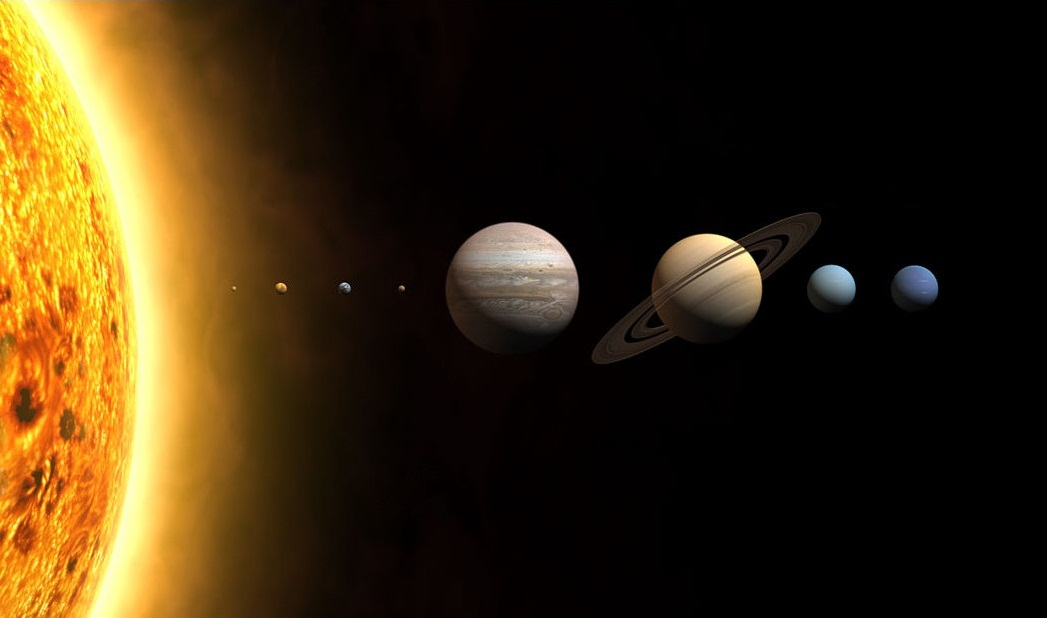Technology For Space Settlement
Wickman Spacecraft & Propulsion Company (WSPC) has been working on a broad spectrum of technologies that would enable the human settlement of the moon and our planetary system. Early in its history, WSPC recognized that a lunar base would only be feasible if the building materials for the base were obtained from the moon along with the propellant used to support the base. Consequently, our engineers started work on developing concrete that could be made from lunar soil. The company even designed a preliminary lunar base made from lunar concrete with a transportation system to bring construction materials to the base. With a rail gun to propel materials into earth orbit, WSPC engineers envisioned lunar concrete being used to construct large space stations in earth orbit. These stations would also be supplied with oxygen and propellant from the moon.

New Planetary & Lunar Propellants
A key component for the settlement of Space is the use of propellants from the local planets or moons. WSPC was one of the first companies to start developing propellants based on lunar soil and the Martian atmosphere. Under NASA contract, WSPC developed and tested a lunar propellant consisting of gelled liquid oxygen and aluminum powder. The oxygen and aluminum would be obtained from the lunar soil. WSPC later developed the technology to inject the aluminum powder directly into a combustion chamber to form a bipropellant system of aluminum and oxygen.
While other researchers were looking at how to convert Mar’s carbon dioxide atmosphere into something “earth like” to burn, WSPC engineers started with the approach of leaving the carbon dioxide alone and finding something that would react or burn with it. Under contract to NASA JPL, WSPC was the first company to successfully develop and test fire a rocket engine burning carbon dioxide and magnesium powder. This was soon followed by a jet engine breathing carbon dioxide that used magnesium powder for the fuel.
Our engineers are now working on a new thruster steering system that uses the hot gases from the Mars Ascent Vehicle’s (MAV) solid rocket motors. With this new steering system, the MAV can be accurately steered so that the Mars sample is in a precise parking orbit to await pickup for its flight to earth. This new system is lighter than a conventional thrust vector control system and requires less electrical power.

A new hot gas TVC system that can be fitted to existing solid rocket motors. Click here for more information.
WSPC demonstrated the feasiblity of a Martian jet engine burning the Martian carbon dioxide atmosphere. Click here for more information.
WSPC developed Mars rocket engines using martian carbon dioxide and magnesium powder. For more information click here.
WSPC is developing unique rocket propellants from processed lunar soils. Click here for more information.
WSPC is developing Lunar base technologies. Click here for more information.
Wickman Spacecraft & Propulsion Company
3745 Studer, Unit A
Casper, WY 82604
United States of America
(307) 265-5895
jwickman@wickmanspacecraft.com

